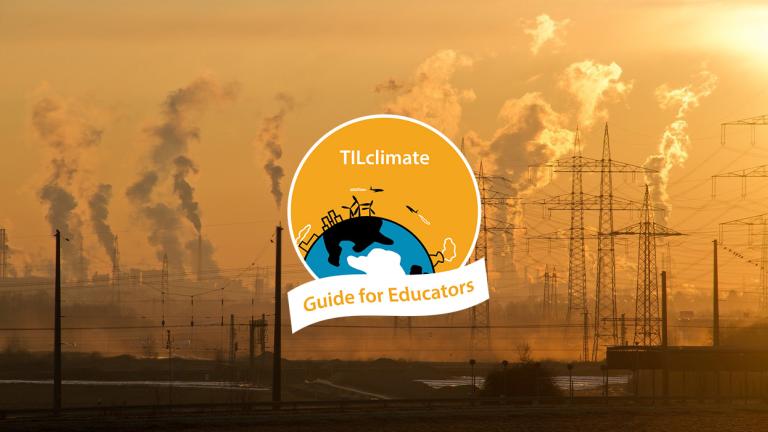
This Guide for Educators was developed by the MIT Environmental Solutions Initiative as an extension of our TILclimate (Today I Learned: Climate) podcast, to make it easier for you to teach climate change, earth science, and energy topics in the classroom. It is an extension of the TILclimate episode "Wait, how do greenhouse gases actually warm the planet?".
Browse all TILclimate guides for educators.
Description
We hear about greenhouse gases, but what exactly are they? Students explore the metaphors and models surrounding the causes of climate change through hands-on demonstrations and modeling.
SWBAT
- Explain how greenhouse gases trap heat
- Understand why certain atmospheric gases are considered “greenhouse gases”
- Create a model to explain the greenhouse effect.
Skills
- Modeling
- Following a protocol
- Communication
Standards:
- HS-ESS2-4 Use a model to describe how variations in the flow of energy into and out of Earth’s systems result in changes in climate.
- HS-ESS3-6 Use a computational representation to illustrate the relationships among Earth systems and how those relationships are being modified due to human activity.
- L.9-12.5 Demonstrate understanding of figurative language, word relationships, and nuances in word meanings.
- L.9-12.6 Acquire and use accurately general academic and domain-specific words and phrases.
Disciplinary Core Ideas:
- PS1.A: Structure and Properties of Matter
- ESS2.A Earth Materials and Systems
- ESS3.D Global Climate Change
What is included in this Educator Guide
- How to use TILclimate Educator Guides (Download)
- Full Educator Guide (Download)
- Includes both Teacher and Student pages
- Includes both Teacher and Student pages
- Teacher pages (Download) (Google Drive)
- Includes materials, discussion questions, background resources, and adaptation suggestions for science, social science, and ELA teachers
- Includes materials, discussion questions, background resources, and adaptation suggestions for science, social science, and ELA teachers
- Student pages (Download all)
- Reading: Electromagnetic Radiation (Google Drive)
- Reading: Modeling the Greenhouse Effect (Google Drive)
- Hands-on: Greenhouse Effect in a Beaker (Google Drive)
- Computer Model: Digital Greenhouse Model (Google Drive)
- Hands-on: DIY Spectrophotometer (Google Drive)
- Design Challenge: Dancing Molecules (Google Drive)
Listen to the episode


